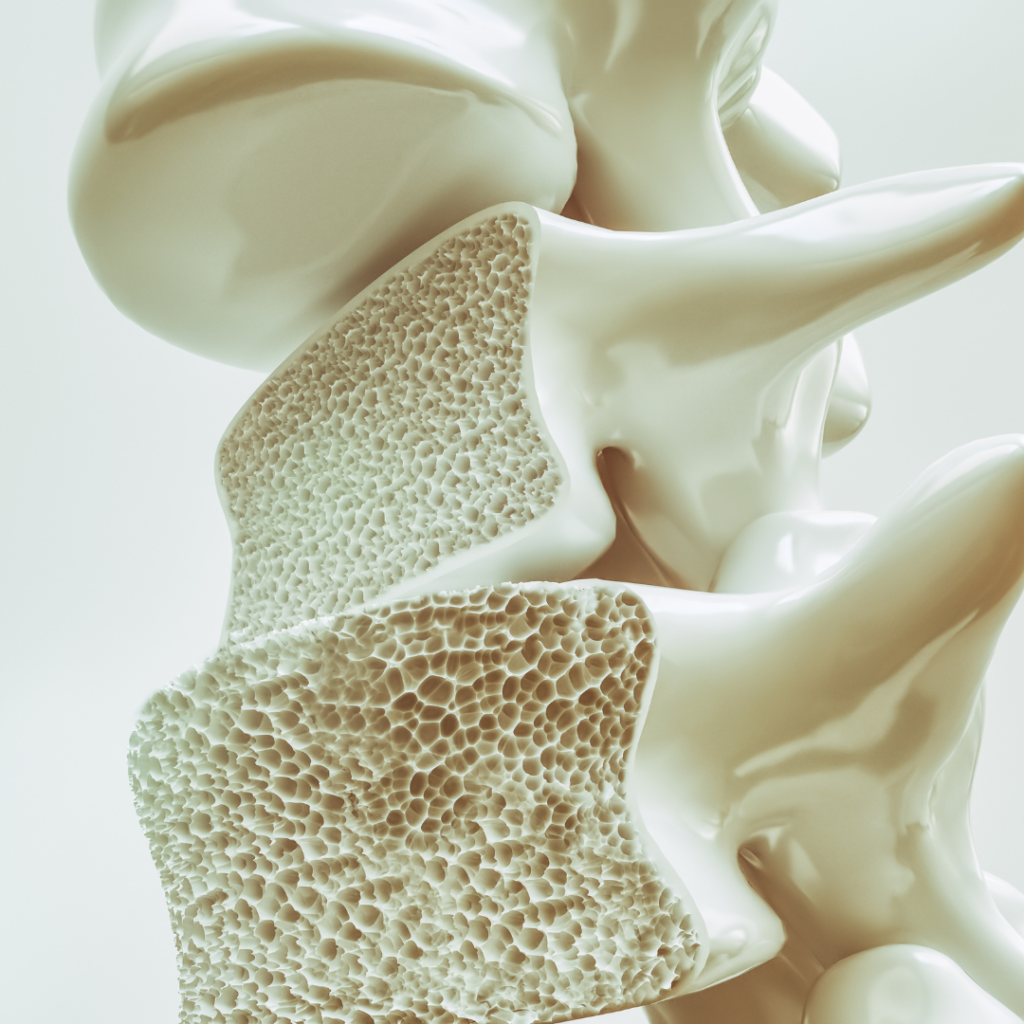Osteoporosis Prevention and Management

Osteoporosis Prevention and Management
Welcome to My Lady Doc! We’re here to help you take charge of your bone health with practical tips on how to prevent and manage osteoporosis. Whether you’re looking to keep your bones strong or need advice on managing osteoporosis, you’ve come to the right place!
What is Osteoporosis?
Osteoporosis is a condition that weakens bones, making them fragile and more likely to break. It’s often called a “silent disease” because bone loss occurs without symptoms until a fracture happens. Common fractures occur in the hip, spine, and wrist, but any bone can be affected.
For women, especially after menopause, the risk of osteoporosis increases significantly due to the decrease in estrogen, a hormone that helps maintain bone density.
Why Should You Care About Bone Health?
Bones are the support system of our bodies. Strong bones not only keep you upright and active but also protect your internal organs. The better care you take of your bones today, the less likely you are to face fractures, mobility issues, or chronic pain later in life.
Quick Fact: By age 50, one in two women will experience an osteoporosis-related fracture. This makes early prevention crucial for long-term health!
Prevention: Tips for Strong Bones
1. Calcium-Rich Diet Your bones need calcium to stay strong. Make sure you’re eating foods that are rich in calcium, like:
- Dairy products (milk, yogurt, cheese)
- Leafy green vegetables (kale, broccoli)
- Fortified foods (calcium-fortified cereals, juices)
2. Get Enough Vitamin D Vitamin D helps your body absorb calcium. Sun exposure is a great natural source, but you can also find Vitamin D in:
- Fatty fish (salmon, tuna)
- Egg yolks
- Fortified foods (milk, orange juice) If you’re not getting enough through diet or sunlight, a supplement might be necessary.
3. Weight-Bearing Exercise Exercises like walking, jogging, dancing, and weightlifting help strengthen bones and improve balance, which reduces your risk of falls and fractures. Even 30 minutes a day can make a big difference.
4. Avoid Smoking and Limit Alcohol Smoking weakens your bones, while excessive alcohol can interfere with calcium absorption. Limit alcohol to no more than one drink per day and avoid smoking altogether for healthier bones.
5. Regular Bone Density Screening Especially for women over 50 or those with a family history of osteoporosis, regular bone density tests (DEXA scans) can help monitor your bone health. Catching bone loss early allows you to take action before it leads to fractures.
Managing Osteoporosis: Stay Strong, Stay Active
If you’ve already been diagnosed with osteoporosis, don’t worry. There are steps you can take to manage it effectively and live an active, fulfilling life.
1. Medications There are several FDA-approved medications that can slow bone loss and help maintain bone density. These include bisphosphonates, hormone replacement therapy (HRT), and newer treatments like denosumab or teriparatide. Your doctor will guide you to the best option based on your health needs.
2. Stay Active with Low-Impact Exercises Though weight-bearing exercises remain important, when managing osteoporosis, you’ll want to focus on low-impact activities that don’t put too much strain on your bones. Swimming, yoga, and tai chi can improve strength, flexibility, and balance without increasing fracture risk.
3. Fall Prevention Falls are a leading cause of fractures for those with osteoporosis. Here are some tips to reduce your risk:
- Use assistive devices: Canes or walkers if needed
- Keep your home safe: Clear walkways, secure rugs, install grab bars in bathrooms
- Wear shoes with non-slip soles
- Improve your balance with exercises like yoga or tai chi
